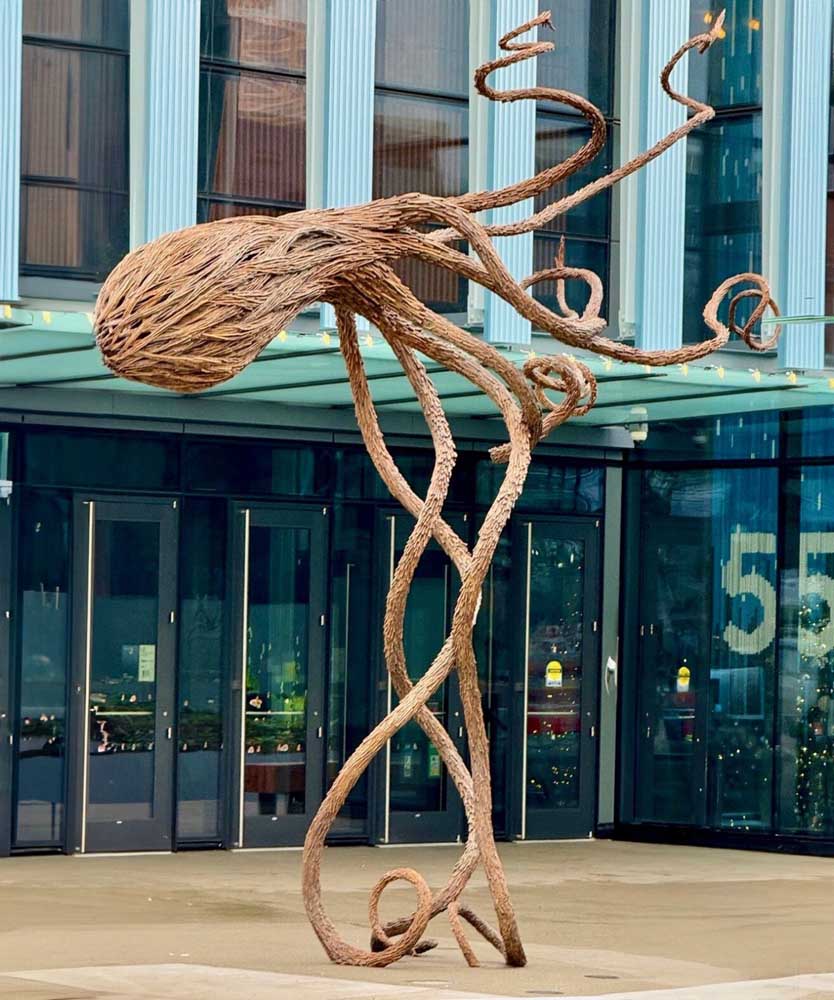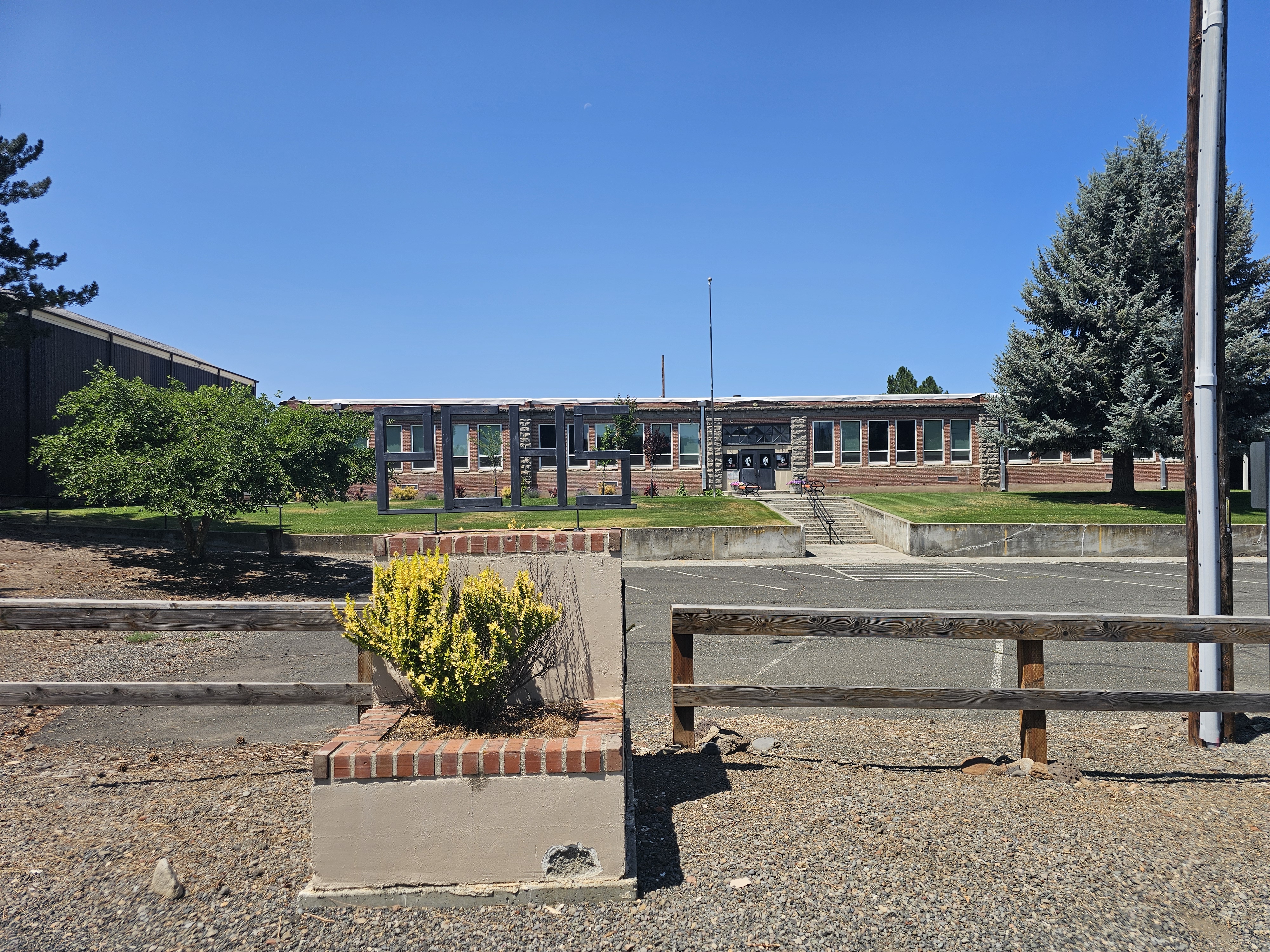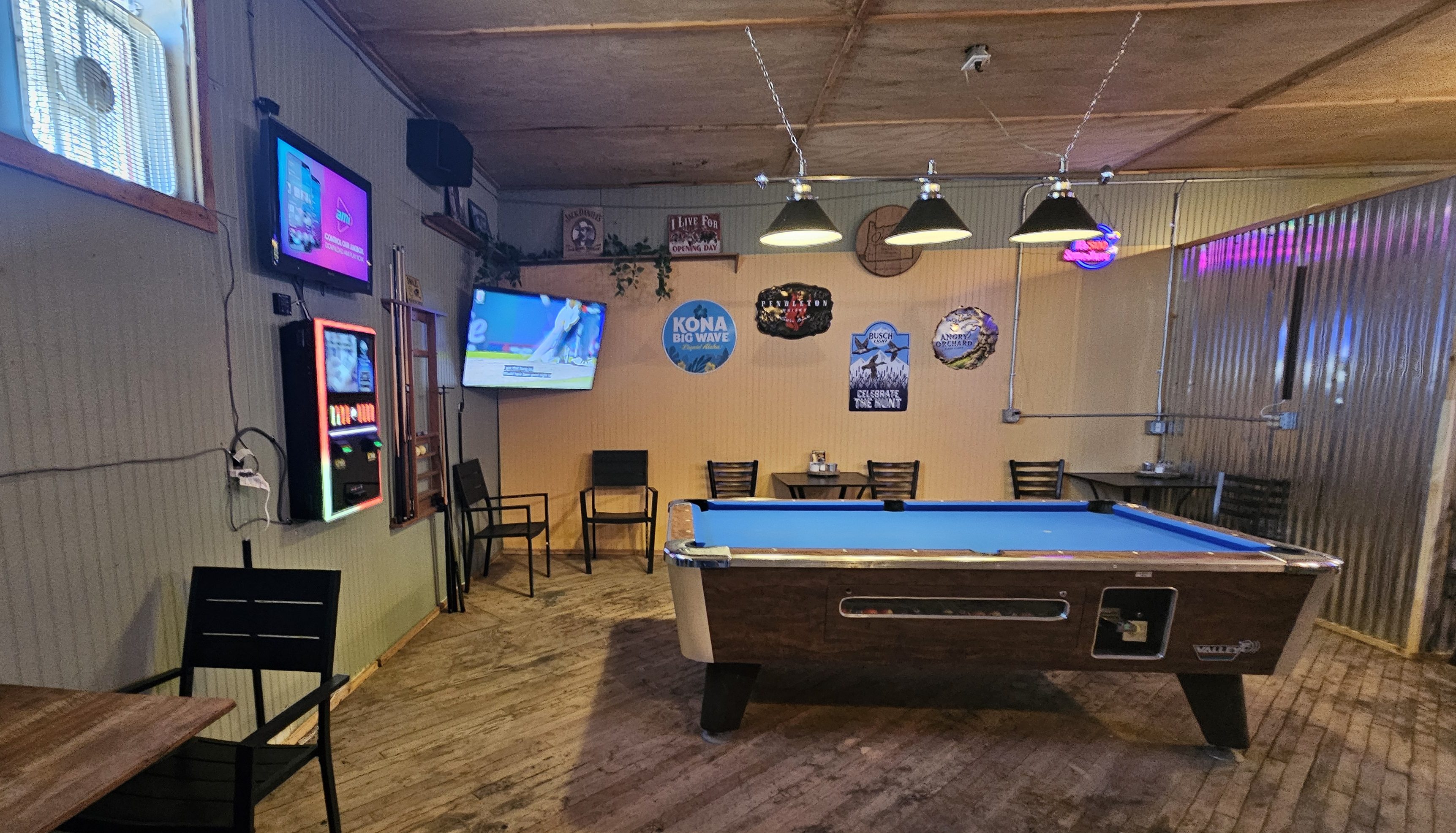Larger than life: Washington artist turns apple limbs into bronze art
Published 11:00 am Wednesday, May 15, 2024

- Washington artist Rik Allen was commissioned to create two sculptures for the new Amazon campus in Bellvue, Washington. The first, an octopus titled Sticken, was built with apple tree branches and bronzed in Baker City at Blue Mountain Fine Art.
BAKER CITY — Rik Allen hoists the ribcage and fits it to the gap, giving a brief glimpse of what this larger-than-life bird will look like in a few days.
Trending
Once he settles the piece back on the ground, he points to the intricate grooves cast into the bronze — each stick as unique as when it sprouted on the century-old King apple tree in Allen’s yard.
This sculpture, called Heronious One, is the second Allen has built from apple branches — the “suckers” that grow straight up and need pruned every year. The first piece, a giant octopus-type creature, is called Sticken.
“The pun of making an octopus out of suckers is great,” he said.
Trending
Both art pieces were commissioned in 2019 for installation at a new Amazon campus in Bellvue, Washington.
Allen and his wife, Shelley Muzylowski, live in Washington’s Skagit Valley near Sedro-Woolley. Although he must trim the apple tree every year, he tends to save the branches.
“I never have the heart to burn them,” he said.
To create Sticken, the couple started with ¾-inch pipe as a base structure then “started tying apple sticks to them,” he said.
He also used pieces of maple, river birch and rhododendron.
“It’s all connected to our place, which I really love,” he said.
Both Allen and Muzylowski are actually glass artists. She creates figurative animal forms, and Allen works on pieces that look like metallic glass.
The final versions of Sticken and Heronious One are bronze and were created at Blue Mountain Fine Art in Baker City.
“This is the first time we’ve worked with the foundry,” he said.
Sticken, which measures 22 feet long and 17 feet high, was installed in front of the Bellvue building. Heronious One, at 7 feet tall and 10 feet long, was installed April 30 along the campus’ new pedestrian corridor. It was mounted 2 feet off the ground.
Allen said he worked with an engineer to ensure that the structures would be supported by the thin “legs.”
As for the bronzing process, the foundry must create a mold of the art piece. A typical process is called “lost wax” — a wax mold is created of the art, then surrounded by a thick plaster shell. When the plaster is heated, the wax melts out to leave a hollow space, which is then filled with molten bronze. Once cool, the plaster is removed and the metal is finished with a patina, then waxed and sealed.
For Allen’s pieces, the mold was built around the wood, which was then burned out and replaced by the bronze.
This meant his original piece disappeared, transformed instead into a bronze sculpture.
“They do amazing work,” he said.









